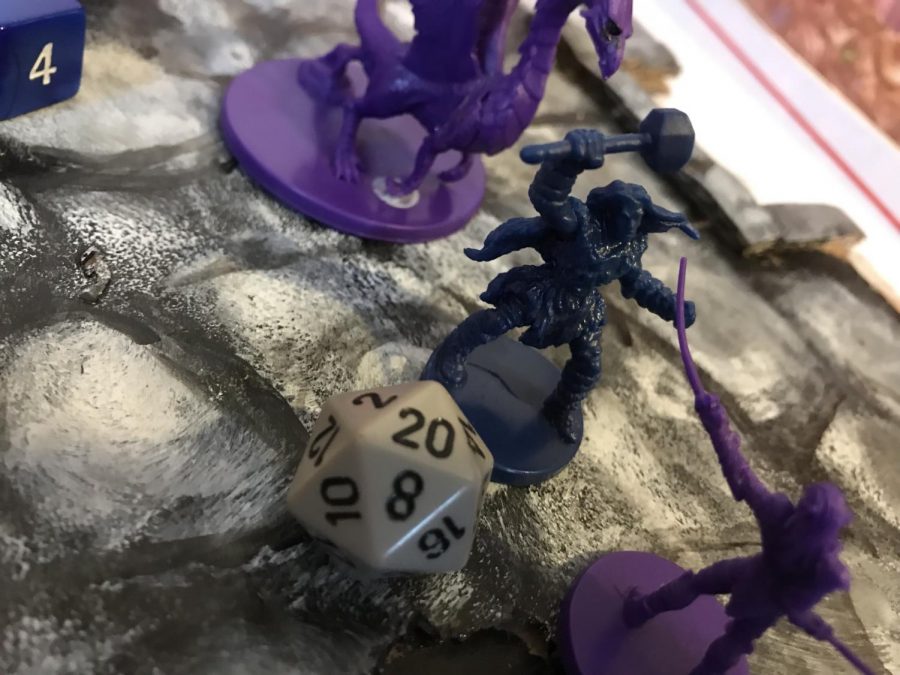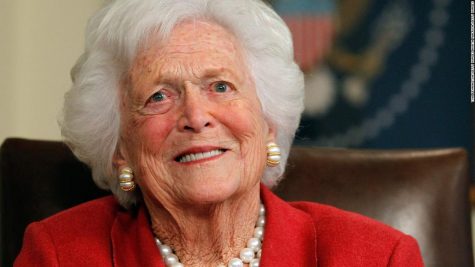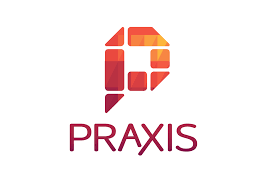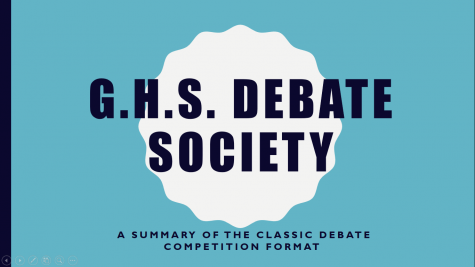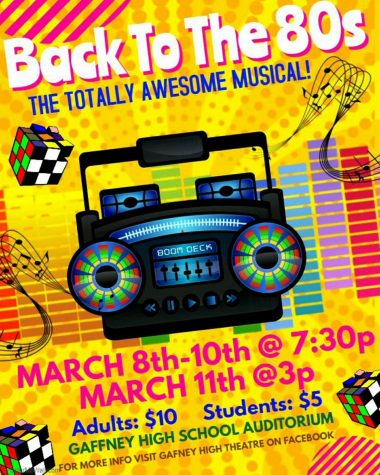Roll for Initiative!: the Tale of Dungeons and Dragons
February 20, 2018
Dungeon Master (DM): “You are deep within the wood surrounding Settlers’ Point. Your guide, Irving, lightfoot halfling, serf of the local baroness, is in the lead. He halts suddenly by a tree and looks to the western forest before you. Motioning with his small hand, he beckons you, ‘Down, get down! I hear something!'”
Will (character: Alton, Human Ranger):“‘Shhh… keep your voice down,’ I crouch down and load my bow. Do I hear anything?”
DM: “Make a Perception check.”
Will: “Ok, 16”
DM: “You indeed hear a subtle rustling of leaves to the west. As you look in that direction though, you see nothing more than large oaks and the canopy blocking the horizon…”
Will: “Can I tell whether it is a smaller or larger animal?”
DM: “It is a rather loud rustling of leaves.”
Will:”Uhh…ok. I whisper to the others, ‘I think we should retreat into more cover.'”
DM: “Suddenly, you hear the whizzing of an arrow and Irving falls backwards. He groans in pain and shouts ‘dryads!’ Roll for Initiative!”
Dungeons and Dragons is where the mind meets magic, where make-believe meets war-gaming, where imagination meets pen and paper. The concept that shook the gaming industry was the brain child of a few avid history buffs and board-gamers. Gary Gygax and David Arneson designed the original edition of Dungeons and Dragons, published by Tactical Studies Rules Inc. (TSR) in 1974. The game is now a testament to three generations; its evolution spans five editions; it has changed hands from TSR to Wizards of the Coast; and some of the main mechanics have altered, yet the vision has not. The game has launched an entire genre of tabletop games and helped form a basis of mechanics for video games. If you have ever played a game that assigned numbers to character attributes, you have benefited from D&D.
The mechanics are some of the most complex in the world (depending on the edition). The system has many possible actions to resolve
If you are fairly well up in years, then you may remember the days of the Satanic Panic, the period that brought D&D to the fore of popular culture, wherein eighties fundamentalist hysteria conflicted with various “banes of the youth,” including heavy metal, long hairstyles, and “devil worship.” Though I am not addressing these unsupported concerns directly (as argued in this 60 Minutes special from 1985), after three generations of budding dungeon delvers, no research statistics support these broad claims of psychology; furthermore, most of the evidence are misguided personal anecdotes and stories. I dare say that most critics of D&D like groups such as Bothered About Dungeons and Dragons (B.A.D.D.) have never cracked open the Player’s Handbook or the Monster Manual.
“Somebody said they threw their copy of Dungeons and Dragons into the fire, and it screamed. It’s a game! The magic spells in it are as real as the gold. Try retiring on that stuff.” – Gary Gygax
D&D arguably gave a whole young generation an incentive to read and improve their literacy. It taught them to be more open and sociable and to discover self-ideals. Therapists use role-play as a behavioral correction method, but D&D does not promote violence or witchcraft. Fantasy represents the inner struggles of the characters through monsters and magic. Overcoming a medusa in her own lair may represent a paralyzing fear from within. Traversing the difficult terrain of the wilderness with the threat of goblins and bandits ever-present may represent the difficulties and challenges of a new home and community. Calling upon the power of a deity may represent humbling one’s self to seek the aid of others.
Dungeons and Dragons has deeply seeped into popular culture, from the Big Bang Theory to Adventure Time, from Stranger Things to Gravity Falls, from Weezer’s song “In The Garage” to Buffy The Vampire Slayer. Apparently, playing D&D is the nerdiest thing you can do. Fin is the only character to have an actual alignment. How would middle schoolers spend a Saturday night in the eighties? Who has heard of “Dungeons, Dungeons, and More Dungeons?”
Judging from these views and portrayals of Dungeons and Dragons, we can describe the stereotypical role-players and session: some nerdy white guys who have nothing better to do on a Saturday night than play make-believe along with their smelly friends. It is bizarre in the eyes of the media that a girl would play D&D, but for those who have actually played the game, it is rare that a game include no girls at all. Even some Dungeon Masters happen to be female, which is no surprise to convention-goers.
Far from being adult losers who cannot tell the difference between fantasy and reality, many popular writers, entertainers, and journalists cut their teeth on D&D: Stephen Colbert, Martin Starr, Dwayne Johnson, Anderson Cooper, Stephen King, Marilyn Manson, George R.R. Martin, Robin Williams, Wil Wheaton, Joss Whedon, Steven Spielberg, Jon Favreau, James Franco, Vin Diesel, Kevin Smith, and Tim Duncan. Some of these mentioned here continue to play the game avidly and have active, creative careers launched by the inspired culture of fantasy role-playing.
Geek culture is one of the most inclusive communities. It is not concerned with demographics or “gate-keeping.” Geek culture values the creative work of individuals with similar interests and imaginations. Geek culture is unique in that it cherishes and preserves the creative work of past generations such as Dungeons and Dragons. Indeed, the legacy of D&D is such that multiple generations and peoples may have a common thread and escapist world to share.



